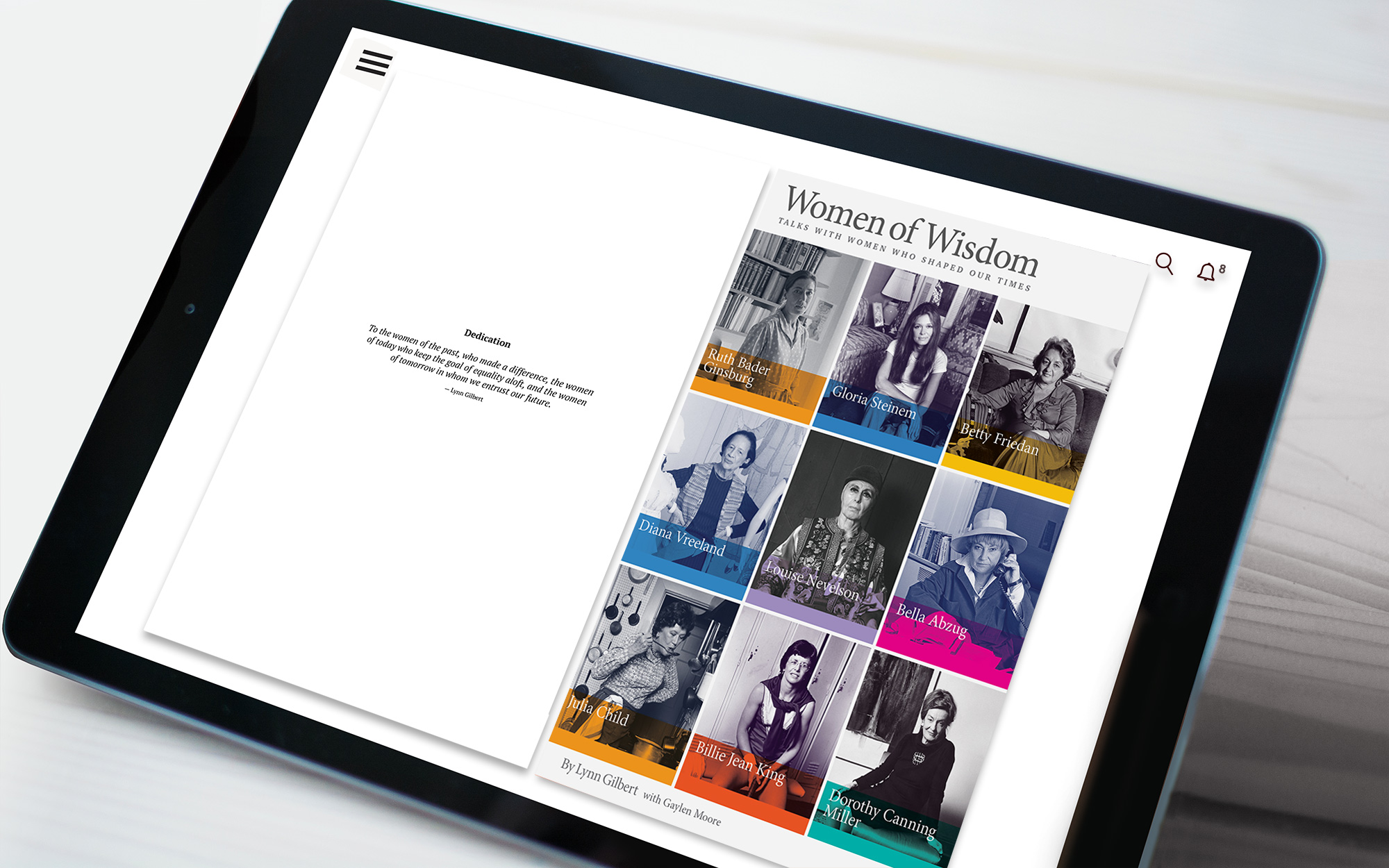What is a portrait? According to the dictionary it is a picture of a person, a description. It can be a photograph, a sketch, a sculpture, but a portrait is so much more than that. It is collaboration between the subject and in this case the photographer.
Louise Nevelson, photographed in 1976 © Lynn Gilbert
In many ways the photographer controls the collaboration and can put forth a final image of what he or she sees and how that photographer wants it to reflect on his or her work. However, for me a real portrait and getting it right, is a true balance between the subject and the photographer
A photographer will come to the moment when his own personal style, and how a portrait should look merge together. There is the equipment, knowledge of how to use it (which has a great bearing on the final image), but beyond the known and quantifiable, the unknown and more importantly–the psychology of how the photographer sees the world and a person that infuses everything that he portrays.
The subject in many ways is at the mercy of the photographer and ultimately it is his image. Much of how that final image is seen depends on the day, the time, and how well or how badly the subject is feeling. Is the person fresh, tired, beset by concerns, all of which will subtly show through in a final image.
The key is the photographer. Will the photographer help a person look their best, not to create a false image, but to get beyond the moment and capture the essence of the person that is characteristic of who they are. Not just at that moment, but who they are as a person, recognizable at any given time.
Most people, and I say most, dislike being photographed. I’ve photographed hundreds and hundreds of children, and 46 luminaries for my book, and it never changes. I’m not sure why, but it’s just there. Perhaps someone will see our inner soul, and see all our imperfections. Perhaps it is that equipment, that camera that is thrust between you and the photographer, something that is almost threatening.
The goal is to get beyond that uncomfortable feeling, put the subject at ease, and gain the person’s trust. Let them know and show them, that someone in many instances an absolute stranger, is trying to help them look the best that they can.
Achieving that level of comfort is not so simple. What works for me, is to keep the conversation flowing freely, and get them to talk about the things they love and do—not in a prying way, but just to get beyond the awkwardness of the moment.
With children there are loads of things to talk about, with an adult, not so simple. If the person is well known, before a meeting I go to the library read all their interviews, although in this electronic age, I can sit at my computer, and probably get everything that I need. No matter how nervous I am, because I’m always worried about whether or not I will get “it” (that one image that truly captures the spirit of the person), I just touch on the subjects that I think they might enjoy talking about. It always gets someone to step outside themselves and not focus on the moment. It always works.
As the conversation progresses I keep clicking the camera, not because I think I’m going to get a good picture, but to get them used to that clicking sound and forget what is happening. And forget they do, it becomes part of the experience.
The moment will arise when the persons is completely relaxed, their mannerisms become apparent, and they are at ease with not only the camera but I as the photographer. This is the moment when their true portrait, the one that captures their essence happens.
To see more portraits I’ve taken, please visit my gallery, lynn-gilbert.com/illustrious-women/


